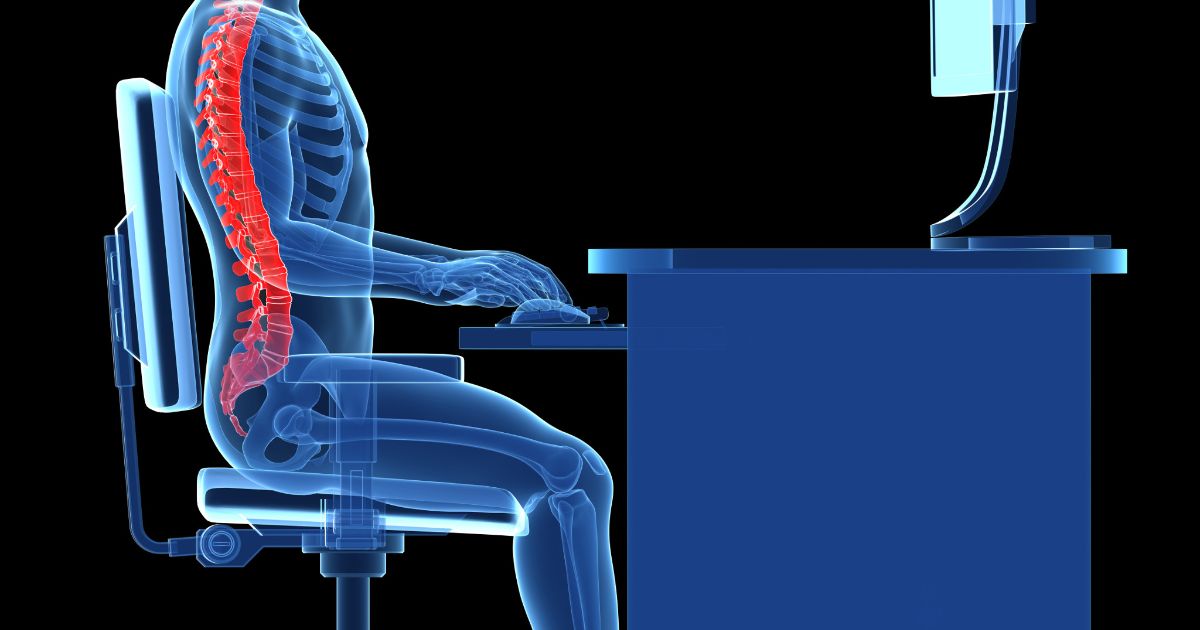A Handy Guide To Correcting Bad Posture
Everyone knows sitting and standing up straight makes them look taller and seem more confident, but did you know bad posture can not only take this away, but also have negative impacts on health? It can cause many unpleasant symptoms, from headaches and back pain to gastrointestinal reflux. It can even make you feel tired. When an individual has good posture, their body parts are aligned properly, and it puts the least amount of strain possible on their ligaments and muscles. Bad posture can be a hard habit to break, but by learning certain exercises and tweaking your daily activities, it is possible to re-learn the correct way to sit and stand.
Learn How To Sit Properly

There are quite a few things to keep in mind if you are going to sit properly. First, if at all possible, do not sit in the same position for extended periods. You will want to keep your feet on the floor and your legs uncrossed. If your legs are too short to touch the floor, use a footrest. When sitting properly, your ankles will be directly underneath your knees. It is important your knees are no higher than your hips. Make sure to sit with your shoulders relaxed. Finally, when you learn how to sit properly, you should also make sure your back has ample support. If your chair does not have a way to adjust the level of mid and lower back support, consider buying a special back pillow or other devices to help compensate for this.
Stretching And Exercising

Far too many individuals spend the majority of their time sitting hunched over a computer or standing and doing repetitive motions, and both scenarios can have a negative impact on their posture. Thankfully, stretching and exercising can help reduce pain in the muscles and joints while also strengthening them to help them deal with the strain. Increasing core strength is very important to posture. Try to build-up strength from your mid-thigh all the way up to your rib cage. These muscles support the body when you are sitting or standing so it only makes sense that the stronger they are, the easier it is to have proper posture. Just like animals stretch when they get up from sleeping or standing, so should humans. Simple stretches can help ease the strain and reduce pain and should be done every time you get up from sitting or laying down for an extended period. Something as simple as putting your hands on your lower back and leaning backward can make a world of difference.
